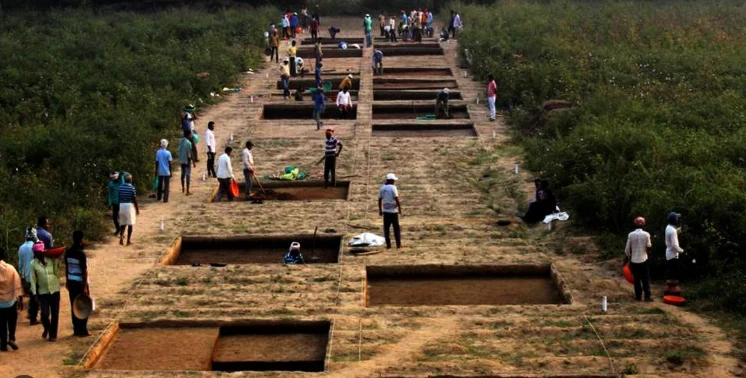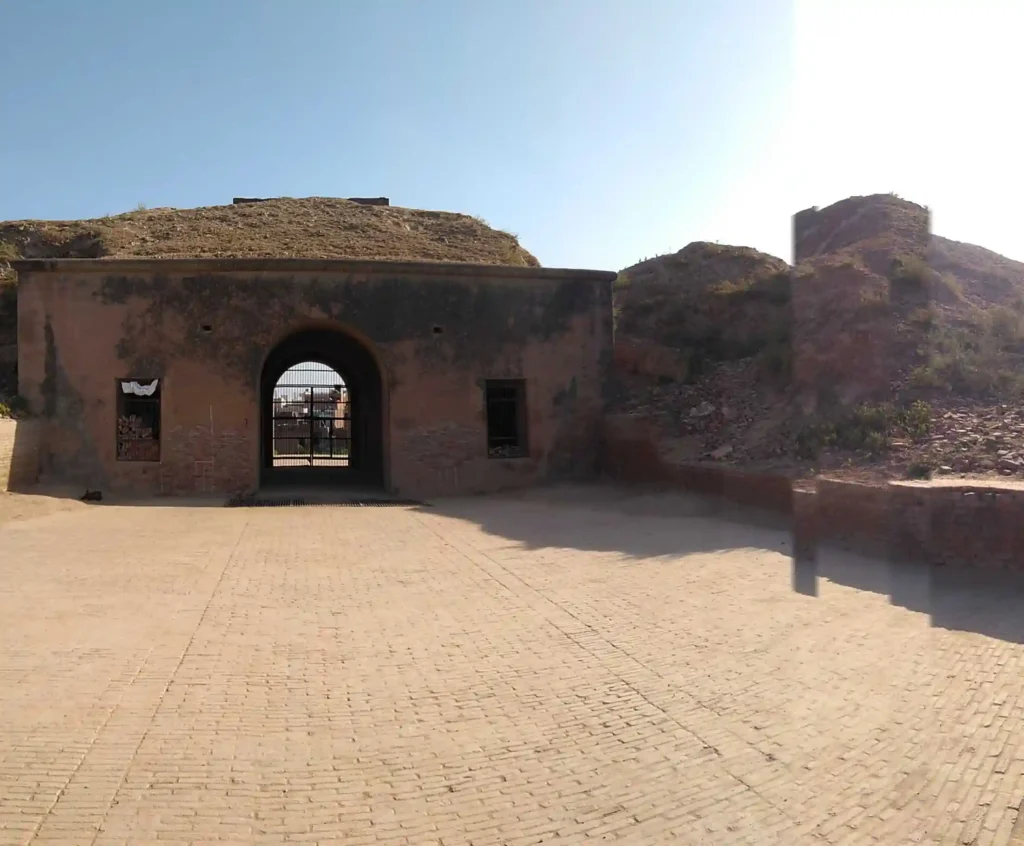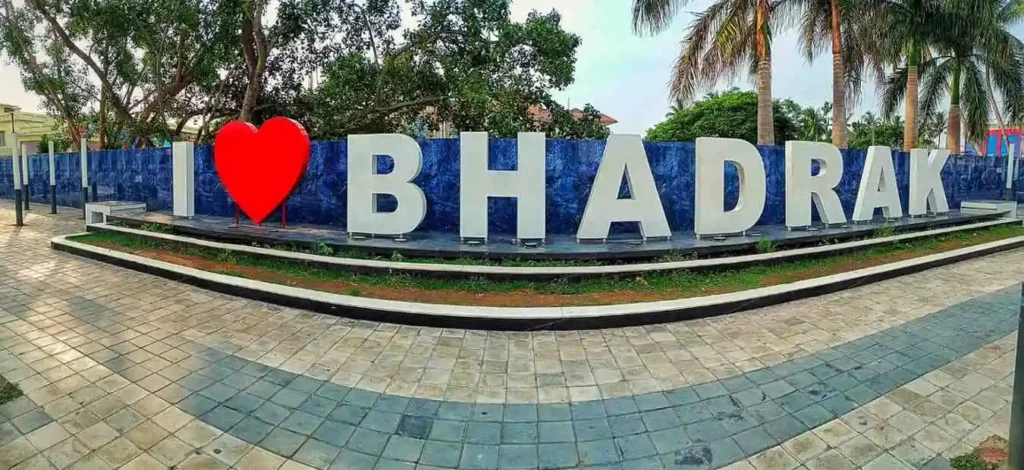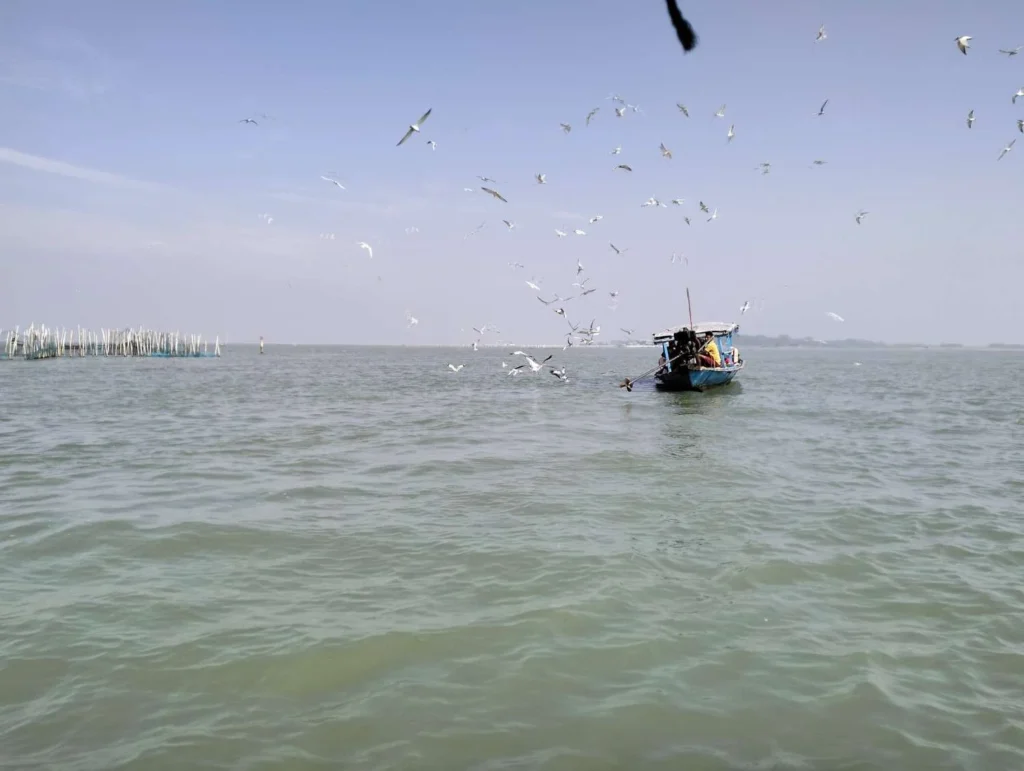
Table of Contents
What Is Asurgarh Fort Known For?
Asurgarh Fort isn’t just a crumbling structure hidden in the folds of Kalahandi’s hills — rather, it’s a time capsule of early urban civilization in Odisha. Situated just 20 km from Bhawanipatna, moreover, this fort was once a bustling center of political power, trade, and culture from 3rd century BCE to 6th century CE. In contrast to most forgotten forts, Asurgarh stands out due to its sophisticated urban planning, water management, and archaeological treasures unearthed during various excavations.

Location & Accessibility
How to reach Asurgarh Fort and where it lies
- Location: Near Narla, Kalahandi district, Odisha
- Coordinates: 20°30′N, 83°83′E
- Nearest Town: Firstly, reach Bhawanipatna (20 km away)
- Nearby Landmark: Secondly, head towards Rupra Road Railway Station (1.5 km NE of the fort)
The Architecture of Asurgarh Fort
Fort Layout
- Square-shaped, covering 1 sq. km
- Ramparts made from rubbles, mud, and bricks
- Four grand gates aligned with cardinal directions
- Defensive ditches and moats fortified the entire township
Asurgarh’s Genius Water Management
Hydraulic System
- A 200-acre lake, now called Udit Sagar, could flood the surroundings during invasions.
- Secret sluices controlled water flow, making the fort an island during emergencies.
- Several smaller ponds, like Radhasagar, possibly supported religious and domestic use.
A Political and Trade Powerhouse
Political and Commercial Significance
- Controlled trade routes from Mahakantara to South Kosala
- Moreover, excavated punch-marked coins, red and black pottery, and Chunar sandstone prove trade ties with Kausambi and Ahichhatra
- In addition, evidence of a minting industry and bead production from semi-precious stones
- Furthermore, linked to Kushana and Mauryan empires
Asurgarh as a Religious & Shakti Centre
Religious Significance
- To begin with, sculptures and temples suggest influence of Shakta traditions
- Moreover, a Yogini temple, similar to Ranipur-Jharial, was likely situated here
- In addition, findings of terracotta goddesses and animal figurines hint at fertility rituals and possible human sacrifices
Archaeological Treasures & Timeline
Excavation and Archaeological Findings
- Excavation started in 1973 by Sambalpur University & Odisha Govt., marking the beginning of detailed research.
- Findings include key discoveries such as:
- Over 500 silver coins dating from 4th century BCE to 5th century CE, clearly indicating long-term occupation
- Terracotta figurines, beads, and glass bangles, further supporting cultural richness
- Brick shrines and fortification structures, which highlight advanced urban planning
- Burnt charcoal and ash, suggesting—quite possibly—a decline due to fire or natural disaster
Timeline of Importance
- 3rd Century BCE: Flourished under Atavikas (tribal warrior clans), establishing its early strength
- 4th Century CE: Ruled by King Vyaghraraja, later defeated by Samudragupta, showing shifts in power
- 5th Century CE: Ruled by Maharaja Tustikara, a period marked by regional consolidation
- 6th Century CE Onwards: Gradual decline and abandonment, as inferred from the archaeological layer
Why Asurgarh Fort Still Matters Today
Asurgarh Fort is more than a historical monument — instead, it’s a lens into a forgotten urban civilization. The cultural, architectural, and economic insights it offers, moreover, make it a crucial puzzle piece in reconstructing India’s ancient past, particularly the often-overlooked regions of Western Odisha.
Furthermore, it reflects a time when urban planning, water conservation, trade, and spiritual traditions went hand in hand — centuries before modern city planning emerged.FAQs
1. What is the history of Asurgarh Fort?
It was an early urban settlement in Kalahandi, Odisha, active from the 3rd century BCE to 6th century CE. In addition, it was a major center of trade, religion, and administration.
2. Where is Asurgarh Fort located?
The fort is located near Narla in Kalahandi district, Odisha; just 20 km from Bhawanipatna and 1.5 km from Rupra Road Railway Station.
3. What is unique about Asurgarh Fort?
Its unique water management system, fortified town structure, and archaeological remains — including coins, pottery, and temples — set it apart.
4. Was Asurgarh part of the Mauryan Empire?
Indeed, archaeological evidence like punch-marked coins and pottery indicates Mauryan influence and trade connections during that period.
5. Is Asurgarh Fort accessible to tourists?
While not a mainstream tourist site, Asurgarh Fort is accessible by road and rail. It’s an ideal destination for history lovers and archaeology enthusiasts.
Conclusion
The silent ruins of Asurgarh Fort whisper tales of a glorious past — of kings, warriors, priests, traders, and everyday people who once thrived behind its mighty walls. For Indian travelers, historians, and culture lovers, moreover, visiting this site is like turning the pages of a long-lost chapter in Odisha’s rich heritage.
So, plan your visit to Asurgarh Fort and witness the forgotten grandeur of ancient Odisha. Then, share this blog with fellow history enthusiasts and help preserve India’s archaeological gems!


